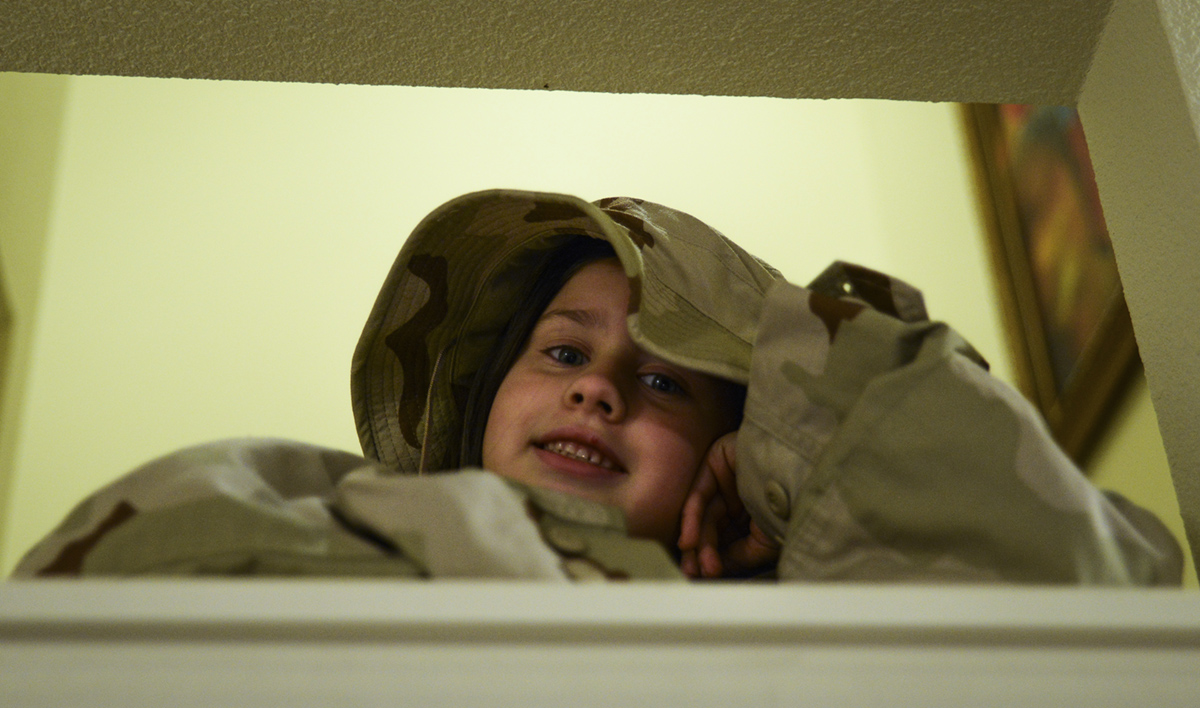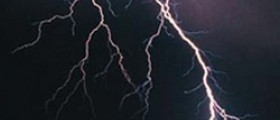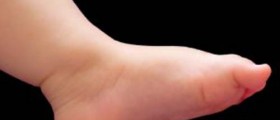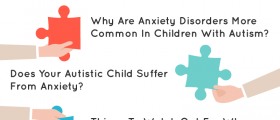
Absence Seizures - Introduction
Nervous cells of the brain normally communicate by electric signals. Characteristic of seizures is abnormal hyper production of electric signals. The excessive electrical discharge causes abnormal twitching of the muscles. Seizures can affect only some parts of the brain or be generalized and spread onto the entire brain. Generalized seizures can be classified into tonic-clonic seizures also known as grand mal seizures and absence seizures also known as petit mal seizures. Both of these types lead to transient loss of consciousness. However, noticeable convulsion is only characteristic of grand mal seizures.
In absence seizures, the patient may lose consciousness. The attack usually lasts less than 30 seconds and may be sometimes hard to be identified. Once the seizures occurred the patients stop moving, stare straight ahead and do not respond to questions. Absence seizures are rather hard for detection and one may suffer from up to 100 absence seizures per day. Children suffering from repeated absence seizures actually suffer from childhood absence epilepsy. This medical condition typically occurs between the ages of 5 and 15. It predominantly affects girls.
Symptoms of Absence Seizures in ChildrenDuring the attack the child is practically unaware of what is going on around him/ her. Every action stops and there is a period of about 30 seconds when the child just stares straight ahead and does not respond to any stimuli. One more characteristic of absence seizures is quick blinking or even flickering and arm/leg twitching. After the attack the child continues with activities that were started before the attack. He/ she has no memory of the previous attack.
Diagnosis of Absence Seizures in Children
Parents are asked to describe child's symptoms and to say how often symptoms occur. The length of the attack is also important. Child's history particularly if it includes previous brain trauma, birth trauma and the like is very important. The doctor will perform physical and neurological examination of the child. The most important examination is EEG- electroencephalogram. This test detects abnormal electrical activity of the brain and helps in final setting of the diagnosis. In some cases the child may undergo CT scan and MRI of the head if the doctor suspects that seizures are caused by a brain tumor in children or some other brain abnormality.
Treatment for Absence Seizures in Children
Treatment of absence seizures includes specific medications. Children are most commonly prescribed ethosuximide, lamotrigine or valproic acid. These medications control pathologic discharge of electric signals in the brain. Treatment for absence seizures lasts at least two years. The prognosis of absence seizures is excellent since children in majority of cases outgrow the condition.

















Your thoughts on this
Loading...